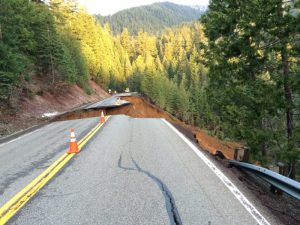 Geohazards are not hypothetical risks. When left unaddressed, they escalate from minor slope shifts to full-scale landslides, from visible cracks to catastrophic failures. In most cases, the public feels the immediate impact.
Geohazards are not hypothetical risks. When left unaddressed, they escalate from minor slope shifts to full-scale landslides, from visible cracks to catastrophic failures. In most cases, the public feels the immediate impact.
Whether it's a remote mountain pass or a busy commuter corridor, waiting to address geotechnical threats places infrastructure, lives, and environmental resources at unnecessary risk. Here we outline the dangers of delayed geohazard mitigation and why early action is beneficial and critical.
Geohazards include various naturally occurring or human-induced instabilities such as landslides, rockfalls, sinkholes, and slope failures. These hazards compromise infrastructure stability and public safety in rural and urban settings.
Natural Triggers for these events include:
Human-Induced Triggers:
Surface indicators such as ground cracking, sloughing, and minor slope movement are often early warnings of more profound instability. Left unmonitored or unaddressed, these signs usually progress into full failure.


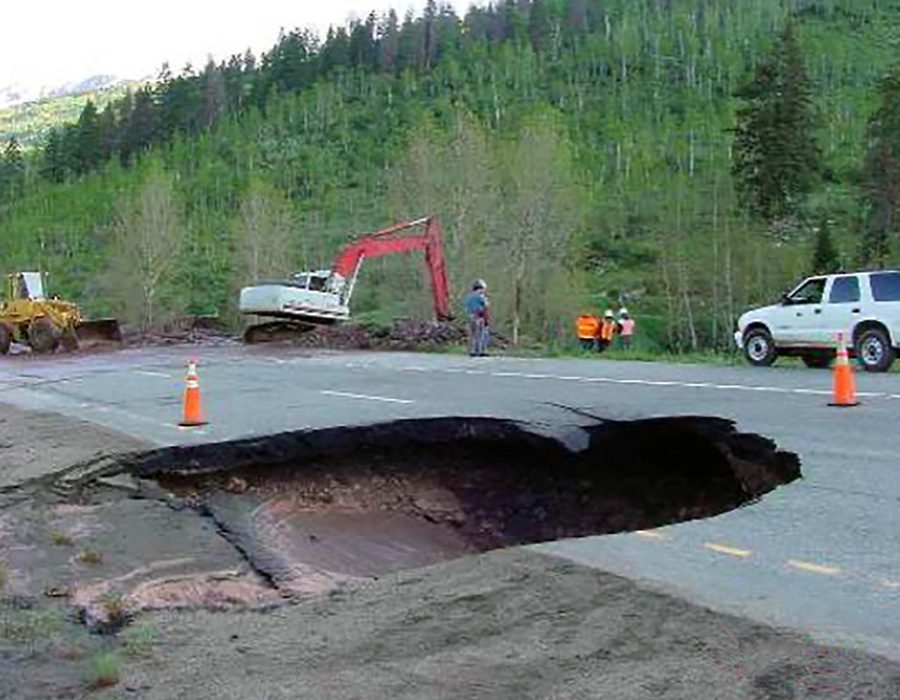
 Geohazards typically develop in areas with complex topography or areas with high exposure to environmental stressors, where slope geometry, soil composition, and climatic conditions interact to increase the likelihood of ground instability. Common sites include:
Geohazards typically develop in areas with complex topography or areas with high exposure to environmental stressors, where slope geometry, soil composition, and climatic conditions interact to increase the likelihood of ground instability. Common sites include:
Early detection and mitigation are the most effective ways to reduce geohazard infrastructure and public safety risks. They allow agencies and engineers to act before the ground gives way, saving time, money, and lives. Here's what early action enables:
Effective geohazard mitigation is grounded in risk management. This includes a structured framework that guides how threats are identified, evaluated, prioritized, and monitored over time.
This risk-based approach ensures geohazard mitigation is proactive, not reactive, protecting infrastructure and public safety while optimizing resource allocation.
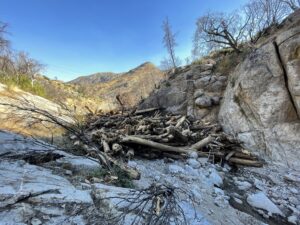 If left unaddressed, geohazards are a direct pathway to disaster. Slope failures, rockfalls, or debris flows can quickly escalate from infrastructure problems to community-wide emergencies. The link between geohazards and disaster scenarios is well established—flooded roads, buried homes, or inaccessible emergency services all trace back to unstable terrain that wasn’t stabilized in time.
If left unaddressed, geohazards are a direct pathway to disaster. Slope failures, rockfalls, or debris flows can quickly escalate from infrastructure problems to community-wide emergencies. The link between geohazards and disaster scenarios is well established—flooded roads, buried homes, or inaccessible emergency services all trace back to unstable terrain that wasn’t stabilized in time.
Proactive geohazard mitigation directly reduces the likelihood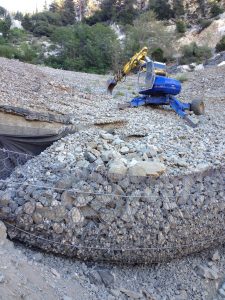 and severity of such disasters. By identifying and stabilizing high-risk slopes in advance, communities can prevent loss of life, avoid extensive property damage, and ensure that emergency services remain operational during extreme weather events or seismic activity.
and severity of such disasters. By identifying and stabilizing high-risk slopes in advance, communities can prevent loss of life, avoid extensive property damage, and ensure that emergency services remain operational during extreme weather events or seismic activity.
Resilience isn’t just about surviving a hazard—it’s about withstanding it with minimal disruption and recovering quickly. Geohazard mitigation plays a vital role in building resilience in both infrastructure systems and the communities that rely on them.
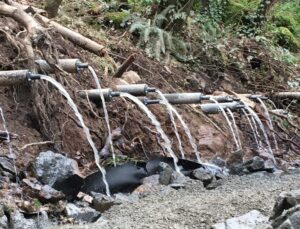 Stabilized slopes, reinforced retaining walls, and controlled drainage systems improve a site’s ability to withstand heavy rainfall, earthquakes, and freeze-thaw cycles. These engineered defenses give communities the time and access they need to respond, adapt, and recover without widespread breakdown.
Stabilized slopes, reinforced retaining walls, and controlled drainage systems improve a site’s ability to withstand heavy rainfall, earthquakes, and freeze-thaw cycles. These engineered defenses give communities the time and access they need to respond, adapt, and recover without widespread breakdown.
Integrating resilience thinking into geotechnical design also means planning for long-term durability, redundancy, and flexibility, ensuring assets continue to perform under changing climate and environmental pressures.
Delaying geohazard mitigation risks property and puts public lives in danger. The consequences can be catastrophic when slope failures, rockfalls, or sinkholes occur without warning.
High-profile incidents, including post-wildfire slope collapses and rockfalls near residential areas, illustrate how failure to implement geohazard mitigation measures quickly can endanger entire communities.
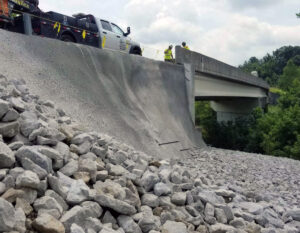 When geohazards strike, they often target infrastructure first, disrupting systems that entire communities rely on. Roads, bridges, rail lines, and retaining walls are frequently located in high-risk areas such as slopes, cut sections, or near water bodies. As slope movement progresses, these assets can settle, crack, or collapse, leading to structural failure, service interruptions, and compounding damage across interconnected systems. Common consequences include:
When geohazards strike, they often target infrastructure first, disrupting systems that entire communities rely on. Roads, bridges, rail lines, and retaining walls are frequently located in high-risk areas such as slopes, cut sections, or near water bodies. As slope movement progresses, these assets can settle, crack, or collapse, leading to structural failure, service interruptions, and compounding damage across interconnected systems. Common consequences include:
Each failure underscores the critical importance of geohazard mitigation. It increases the risk of cascading system disruptions, triggering widespread access loss, emergency response delays, and high-cost repairs.
Reacting to a geohazard after failure is exponentially more costly than taking preventive action. Emergency repairs typically involve premium labor rates and rapid equipment deployment, driving up project expenses. Beyond direct financial costs, delayed mitigation often results in longer road closures, extended service outages, and greater environmental disruption. Additionally, urgent work in hazardous conditions increases safety risks for field crews and may require large-scale excavation or reconstruction, compounding the overall impact. Delayed mitigation leads to:
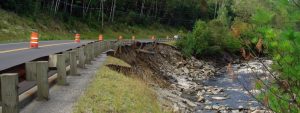 Slope failures impact structures and disrupt lives and essential services in surrounding areas. The consequences often include widespread transportation delays, compromised emergency response capabilities, contamination of critical water sources, and the permanent loss of natural landscapes. These hazards also put long-term pressure on local governments tasked with recovery, restoration, and future risk reduction. In short, their consequences extend well beyond physical infrastructure:
Slope failures impact structures and disrupt lives and essential services in surrounding areas. The consequences often include widespread transportation delays, compromised emergency response capabilities, contamination of critical water sources, and the permanent loss of natural landscapes. These hazards also put long-term pressure on local governments tasked with recovery, restoration, and future risk reduction. In short, their consequences extend well beyond physical infrastructure:
These cascading impacts place additional pressure on public agencies already working with limited resources, highlighting the critical need for timely, proactive geohazard mitigation strategies.
GeoStabilization International specializes in rapid, remote-access stabilization systems. Our capabilities include:
We partner with DOTs, consultants, and infrastructure owners to evaluate, stabilize, and monitor high-risk slopes before failure occurs.